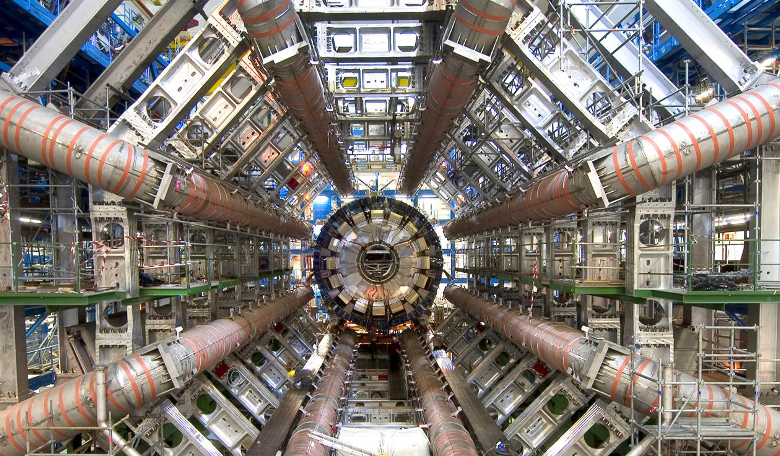A new era in physics could soon be underway, as work undertaken by experimental nuclear physicists at the Hungarian Academy of Sciences and later re-analysed by researchers at the University of California, Irvine, points to the discovery of a new fifth fundamental force that would completely change our understanding of the Universe.
The fifth force, if confirmed by experiments, would add to the known four fundamental forces – gravitation, electromagnetism, and the strong and weak nuclear forces – and would have consequences for the unification of forces and dark matter. "If true, it's revolutionary," said Jonathan Feng, professor of physics & astronomy and lead author of the research paper that worked on the re-analysis of the original Hungarian experiment.
This new force has come to light after Feng and team came upon a mid-2015 study by the Hungarian scientists who were searching for ‘dark photons,’ particles that would would provide evidence for the existence of dark matter, the elusive material postulated to account for around 85% of the Universe's mass. In their study, the Hungarian physicists discovered a radioactive decay anomaly that hinted at the existence of a light particle just 30 times heavier than an electron.
"The experimentalists weren't able to claim that it was a new force," Feng said. "They simply saw an excess of events that indicated a new particle, but it was not clear to them whether it was a matter particle or a force-carrying particle."
Building on this work and of previous studies in this area, the UCl group showed that the evidence fitted neither the existence of matter particles or dark photons, but instead was something else. The UCl group have thus proposed a new theory, that the dark photon is in fact a boson, dubbed a "protophobic X boson,” that interacts only with electrons and neutrons, instead of electrons and protons like the normal electric force – and at an extremely limited range.
"There's no other boson that we've observed that has this same characteristic. Sometimes we also just call it the 'X boson,' where 'X' means unknown,” said co-author Timothy Tait, professor of physics & astronomy also at UCl.
As with most scientific breakthroughs, this one will open to scrutiny and Feng has already stated that further experiments are crucial. "The particle is not very heavy, and laboratories have had the energies required to make it since the '50s and '60s," he said. "But the reason it's been hard to find is that its interactions are very feeble. That said, because the new particle is so light, there are many experimental groups working in small labs around the world that can follow up the initial claims, now that they know where to look."
And what will they find when they look? One line of inquiry that appeals to Feng is the possibility that this potential fifth force might be joined to the electromagnetic and strong and weak nuclear forces as "manifestations of one grander, more fundamental force."
Feng also speculated that in addition to the standard physics model, there may also be a separate dark sector with its own matter and forces. "It's possible that these two sectors talk to each other and interact with one another through somewhat veiled but fundamental interactions," said Feng. "This dark sector force may manifest itself as this protophobic force we're seeing as a result of the Hungarian experiment. In a broader sense, it fits in with our original research to understand the nature of dark matter."











